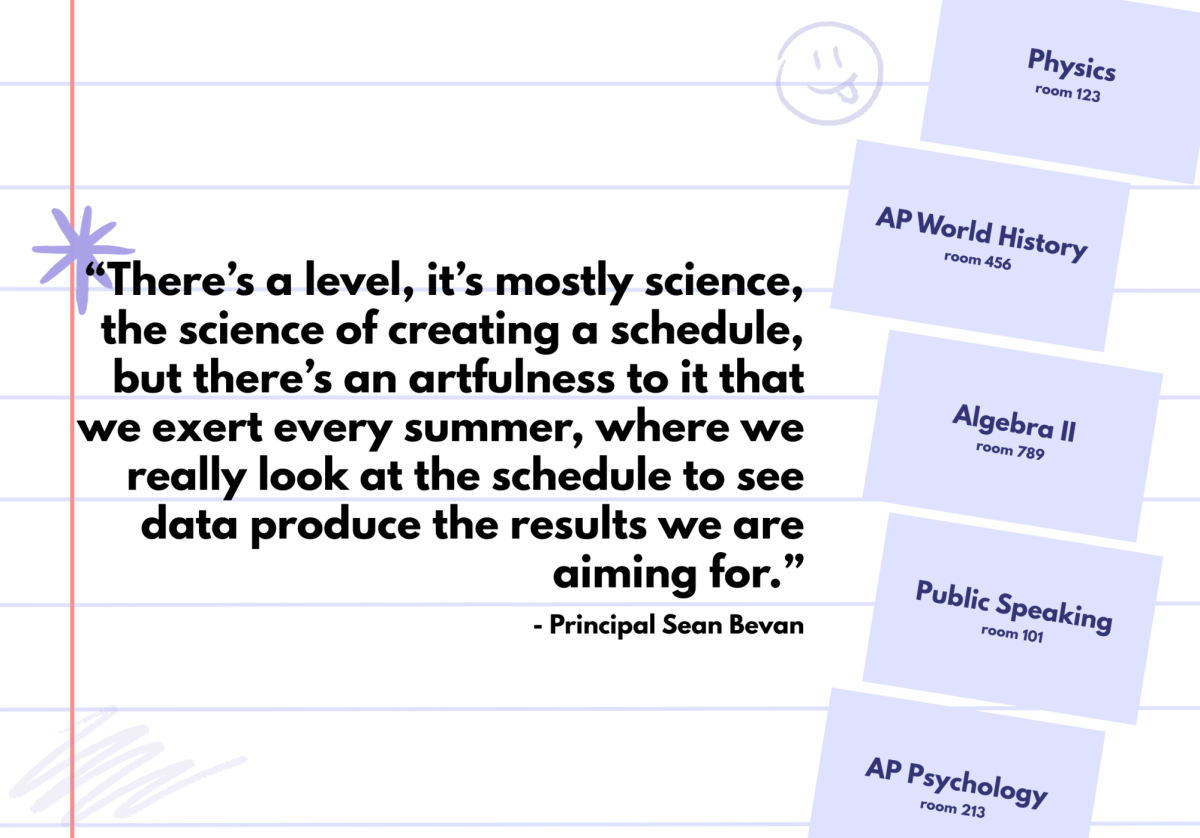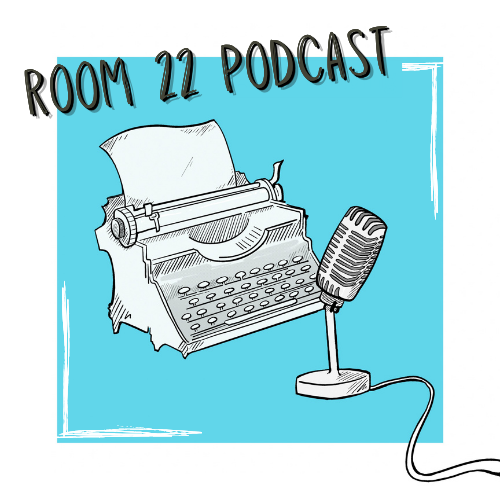With protective glasses in hand, students rushed out of their period three classes at 11:07 a.m to view the solar eclipse. It was a once-in-a-lifetime experience that nobody wanted to miss.
“The fact that a very rare phenomenon can be happening in the world is cool to see,” junior Aiden Pratt said. “Also the fact that it could land on a specific day that I’m living in and actually have the ability to look at is really cool.”
The route of the solar eclipse went from Mexico all the way up to Maine, where people saw a total eclipse. The reason this eclipse is so special is that the sun is completely covered by the moon if you are viewing from the route of the eclipse. In California, there was only about 50% coverage of the sun so eye protection had to be worn at all times when looking at the sun.
From second period to lunch, students were put under an inclement weather schedule to protect students from looking at the sun without proper eye protection. During periods three and four, teachers provided eye protection and allowed students to view the eclipse safely in the courtyards. During this time, some teachers also took the time to educate students on why eclipses happen.
“Today I showed my class a National Geographic video on why solar eclipses happen and a safety video about eye protection during the eclipse,” chemistry and physics teacher Timothy Hughes said. “I think that the eclipse is fascinating because this is a site you don’t get to see very often. Everybody should really make an effort to see it when it comes around.”
Some teachers, like social science teacher Frankie Ortega and journalism teacher Adriana Chavira, showed NASA’s live feed of the eclipse to their students. English teacher Francesca Gunther had her 9th grade students create informative posters on the eclipse.
In 2017, there was another solar eclipse and students also received protective glasses to experience that during nutrition.
“The one in 2017 there like wasn’t much hype. But this one was really high,” freshman Bronson Jackson said. “There’s a lot of excitement going on around it. I feel like the one incident in 2017 was like pretty dead. Like people knew it was happening but there wasn’t too much excitement.”
For some students, today was their first time experiencing an eclipse. The next total solar eclipse visible from the U.S. will be on Aug. 22, 2044, so students wanted to make sure they didn’t miss today’s event.
“It’s so cool that it’s the first time I’m seeing this happen,” junior Behishta Safi said. “I’ve never seen this before. I’m really happy that my school gives me the protective glasses so I can see it. It may be the only time that I see this happen.”
Magnet Coordinator James Morrison picked up some protective sunglasses on Friday so students in all classes could share them with classmates to view the solar eclipse.
“I thought it was really interesting and very pretty since it was my first time seeing it with the glasses. I wasn’t able to see it when it happened in 2017,” said freshman Zarina Martirosyan, who saw the early stages of the eclipse during nutrition.
Staff Writers Alia Galvan and Vanessa Morales contributed to this report.
This story was originally published on The Pearl Post on April 8, 2024.






































